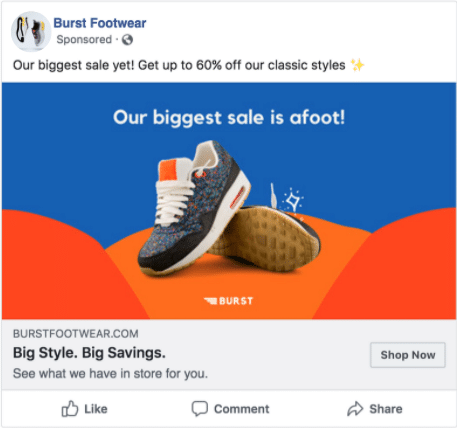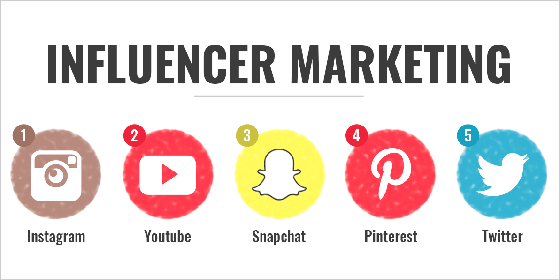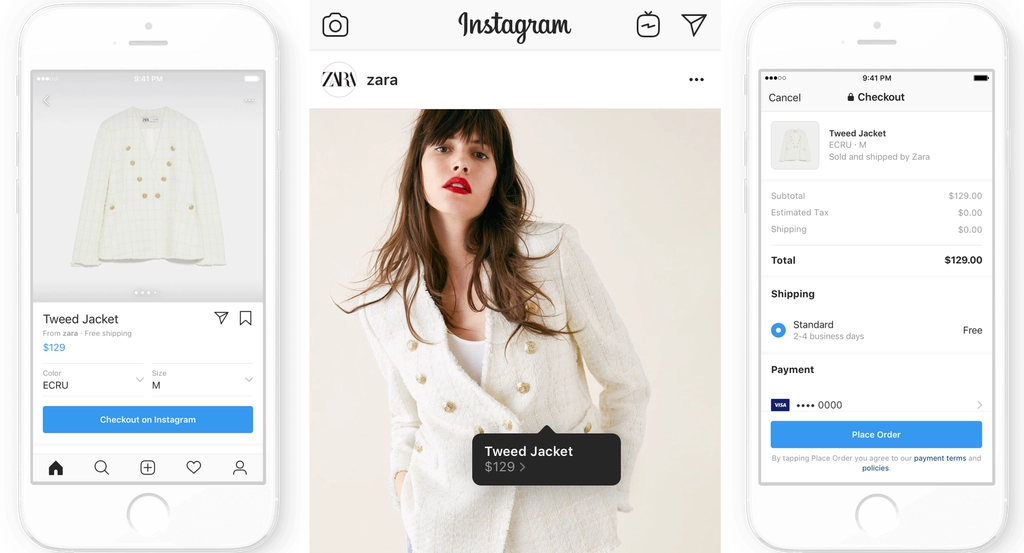The eCommerce industry has become highly competitive as more and more retailers are going online. By 2022, the global eCommerce market is likely to be…
Free Book Preview
Money-Smart Solopreneur
This book gives you the essential guide for easy-to-follow tips and strategies to create more financial success.
June
17, 2021
6 min read
This story originally appeared on ValueWalk
The eCommerce industry has become highly competitive as more and more retailers are going online. By 2022, the global eCommerce market is likely to be worth $5.4 trillion. In 2020, the consumers spent $861.12 billion online with US retailers. In addition, as per Statista, 73% of eCommerce sales will take place on a mobile device by the end of 2021.
Q1 2021 hedge fund letters, conferences and more
Consumers, nowadays, are making their buying decisions based on recommendations made on social media platforms. Around 57% of consumers follow brands on social media platforms to remain aware of any new products or services launched. In comparison, 47% follow brands to stay up to date on any other company news.
Tips For Using Social Media For Ecommerce Marketing
Thus, social media has become an integral part of eCommerce marketing. An effective social media eCommerce strategy helps you market your eCommerce business better. It allows you to reach your target audience, improve brand awareness, and raise more sales for your online store. Here’s what you need to know.
-
Utilize Social Media Advertising
The global ad spending on social media is likely to be worth over $110 billion by the end of 2021. The total percentage of marketing budgets for advertising on social media is expected to double by 2023.
You can target your social media ads on dimensions such as age, gender, location, income, interests, and languages. You can go for various ad options provided by popular social media platforms like:
- Facebook: Facebook plays a crucial role in the success of eCommerce ad campaigns. On average, a Facebook user clicks on 12 ads every month. The best ad types for your Facebook eCommerce marketing campaigns are dynamic ads, collection ads, video ads, domain ads, messenger ads, instant experience ads, lead ads, carousel ads, and offer ads. Here is an example of a sponsored ad on Facebook:
- Instagram: Ads on Instagram are paid image or video posts published by online businesses. About 50% of Instagrammers are interested in a product or brand after seeing an ad on Instagram. The various types of Instagram ads are photo ads, video ads, carousel ads, collection ads, stories ads, and ads in explore.
- Snapchat: You can also use Snapchat for creating ads. The famous ad formats on Snapchat are snap ads, story ads, collection ads, or commercials.
- Pinterest: In recent years, Pinterest has grown as a valuable platform for businesses. You can use promoted pins and Pinterest shopping ads to engage with your potential customers.
- YouTube: YouTube has around 2 billion visitors a month. With YouTube ads, you can expand your reach, find potential customers with advanced targeting and customize ads. The main formats of YouTube ads are display ads, overlay ads, skippable video ads, non-skippable video ads, bumper ads, and sponsored cards.
Make sure to calculate your return on advertising spends for making cost-effective marketing decisions. Knowing your ROAS enables key decision-makers to look at the bigger picture and measure ‘the impact’ of their advertising campaigns.
-
Partner with influencers
A joint study by Twitter and Annalect shows that nearly 40% of consumers purchase a product online after seeing it used and recommended by an influencer on social media platforms.
You can leverage the follower base of influencers who have built a strong reputation in a particular niche to reach your target audience and improve brand awareness. Here are a few ideas you can use to collaborate with influencers:
- Offer influencers to test your products and share their honest opinions with their followers.
- Ask influencers to feature your products and include discount codes in their content to give their followers a percentage off on a purchase.
- Create catchy hashtags for your influencer campaigns, such as #SassyShoeSunday, #BlackFriday, or #TacoTuesday.
- Create contests and giveaways campaigns through influencers. Keep the instructions clear for the followers, such as tagging friends, sharing the content, liking the posts, etc.
- Host Q&A sessions on social media platforms with influencers affiliated without your eCommerce business.
Thus, partnering with influencers can work wonders for your eCommerce business as recommendations by influencers seem more authentic that keeps the audience engaged than a paid ad.
You can also look for influencers that promote your competitors’ products or target influencers popular in your niche. Popular influencer marketing tools, such as Followerwork, Upfluence, and BuzzSumo, help identify an influencer according to your marketing goals.
-
Provide options for social shopping
Social commerce is a new way for eCommerce businesses to promote and sell their products on social media platforms.
Providing an option to shop from social media platforms creates a low friction way to gain a potential customer. Here are some innovative methods to reach customers via social shopping:
- Create a shop tab on your Facebook business page to allow potential customers to purchase from Facebook directly.
- Create Facebook Shops to feature your products on both Facebook and Instagram. It allows customers to browse the products and place orders. Ensure to enable the checkout option so that customers can purchase without leaving the app.
- Use the new ‘Live Shopping’ feature by Facebook. It allows brands to showcase their products and answer customers’ questions in real-time.
- Use Instagram’s shoppable feature that allows eCommerce businesses to tag their products shown in their posts. Also, provide a shoppable link on your Instagram bio section. Here is an example of Instagram checkout for eCommerce:
- Use the recently added ‘Shop’ tab by Pinterest to allow users to search and check in-stock items. This tab directly links to the checkout page on the eCommerce website.
- Set up buyable pins on Pinterest to allow your potential customers to purchase your product directly from Pinterest.
- You can also use the Twitter buy now button, which allows you to sell certain items directly from Tweets.
Soon, WhatsApp will also enable its users to check out products on Facebook Shops and buy products through the chat option. You should leverage a combination of social shopping platforms to increase the reach of your products.
Brand loyalty is key
For any eCommerce retailer, the aim is to sell as much as possible and create a base of loyal customers. If you haven’t already started leveraging social media for the growth of your business, then start tapping into the benefits of social media marketing. Social media advertising, influencer marketing, and social shopping are the top three methods of reaching potential buyers in a non-disruptive manner.





